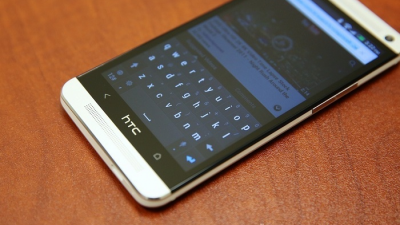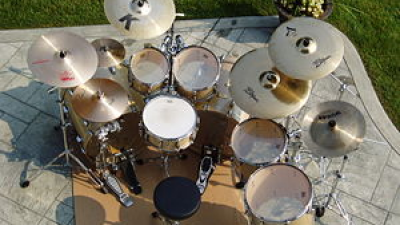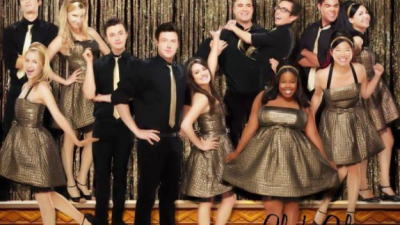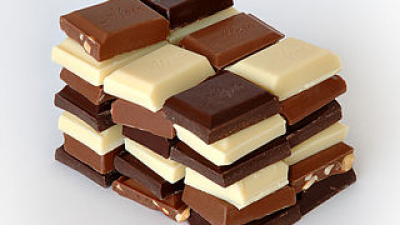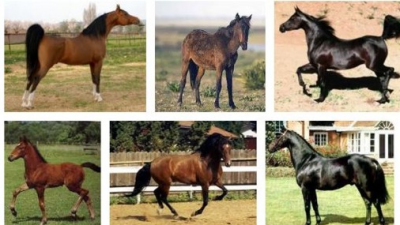The best wrestling keys
|
SPORT
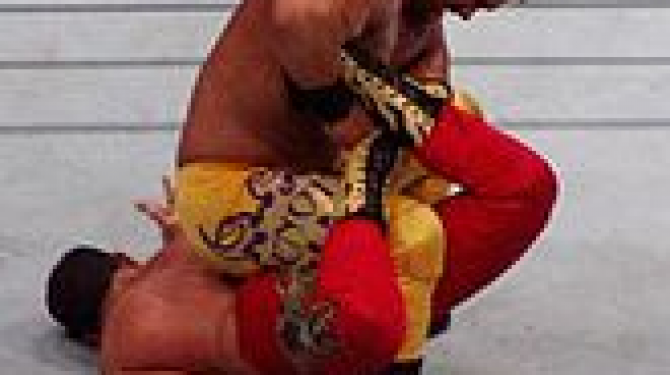
Source: listas.20minutos.es
TOP 12:
Reverse sharpshooter
The user does the same procedure as the normal sharpshooter, however when the user turns it does not completely. That is, in a normal sharpshooter the user is facing away from the opponent and in this variation the user is facing the opponent. It was used and innovated by Edge which I call Edgecator
TOP 11:
Abdominal stretch
The user, located next to and slightly behind the opponent, puts one leg between his and locks his arm under the user's armpit, pulling him to hyperextend his abdominal muscles. This technique is quite popular in Japan, where it is known as cobra twist. There is a variant where the user, after catching the opponent in the technique, moves his body to the ground to rest the opponent's shoulders on him and perform the pinfall.
TOP 10:
Guerrero Special II (Argentine leglock / Headscissors combination)
TOP 9:
Ankle lock
The user grabs an opponent's leg upside down and turns on himself, pulling it while grabbing the ankle and flexing it to cause pain in it. This technique, used in Olympic wrestling disciplines, was innovated in professional wrestling by Ken Shamrock and popularized by Kurt Angle.
TOP 8:
Camel clutch
The fighter sits on the back of his opponent who is face down on the canvas, and places the opponent's two arms behind his thighs. Then interlace your hands around the opponent's chin and pull back to cause pressure on the head and torso. This key is the creation of Gory Guerrero, and was adopted as a final move by his teammate El Santo, who named it as La de a Caballo. The Arab fighter The Sheik also used it as a final move, and it was he who renamed it as camel clutch. In his honor, most Arab or Asian fighters often use it, such as Muhammad Hassan and his apprentice Daivari, The Sultan and Sabu, among others.
TOP 7:
Full nelson
The executor of the padlock is placed behind the opponent and passes his arms under the arms of the opponent, clasping the hands on the neck, causing joint pain. It is widely used in professional wrestling because of its effectiveness and the difficulty of escape.
TOP 6:
Figure-four leglock
When an opponent is on the canvas on his back, the fighter takes one leg and puts it under his pelvic area, takes a small turn taking the other leg, forming a "4" with the opponent's legs. The attacker drops down and, using his legs, will use them to press the opponent's foot down, causing him to have a very strong pressure on the knee. This key was created by the late WWE Hall of Fame Buddy Rogers member, and was popularized by former WWE fighter Ric Flair, who uses it as the final move. As an honor to him, this movement is also used by Batista, Triple H and Shawn Michaels. The Nurse popularized it in Mexico, calling it "The Nurse's Cross."
TOP 5:
crossface
The user approaches an opponent from behind him and grabs one of his arms, flexing him and running his arm underneath to immobilize him; then, using the other arm, the attacker surrounds the adversary's head and grabs the wrist of the arm used for the previous prey, exerting pressure on the face and shoulder joint. This movement, called chickenwing facelock in Japan, was innovated by Bob Backlund.
TOP 4:
Arm triangle choke
Also called Anaconda Vise, this technique is common in jujitsu and judo. The fighter and his opponent are sitting on the cloth in front of each other. Then the user sits next to the opponent and using his nearest arm surrounds his neck, taking the opponent's wrist and bends the arm up. Then the user puts his arm through the hole produced by the bent wrist of the opponent, closes his hand on his own wrist and pulls the opponent forward, producing pressure on the arm and neck.
TOP 3:
Sharpshooter
The user takes the legs of an opponent face up and puts one of his own between them, crossing them. Then, using a method similar to the Boston crab, the fighter turns the opponent upside down without releasing him by passing one leg over him, and kneels, causing pain in the legs and back. This technique was innovated by Riki Choshu in Japan as Sasori-Gatame and popularized by the Canadian fighter Bret Hart.
TOP 2:
Armbar cross
The user grabs one of the opponent's with both arms and stretches it over his chest, lying on his back on the ground perpendicular to his opponent; then, the fighter surrounds the arm seized with the legs and pulls it, stretching the shoulder joint and hyperextended the elbow. This movement was innovated in Japan by Nobuhiko Takada and recently popularized in the United States by Alberto del Río.
TOP 1:
STF
(Abbreviation for stepover toehold facelock) In this technique, the user leaves the opponent face down on the ground and grabs his leg, holding his ankle between the calves. Then, the fighter leans forward on the other's body and intertwines his hands under his head, pulling her back to produce pain in his back and legs. This technique was innovated by Lou Thesz and popularized by Masahiro Chono in Japan and by John Cena in the USA.

